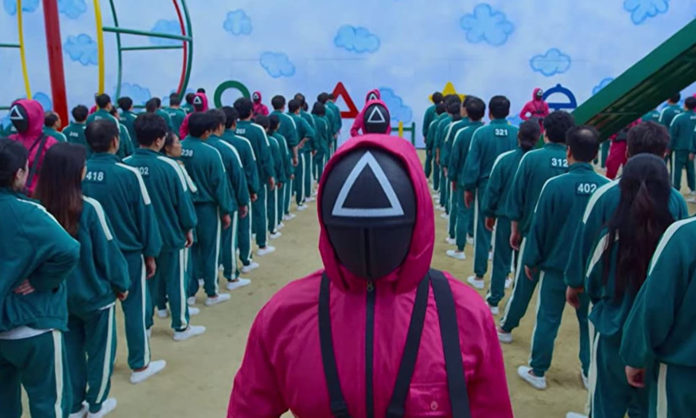A few days after sharing 21 popular horror tropes, Writer’s Digest shares advice from writer Richard Thomas about avoiding them. You can’t win, can you?
His advice includes:
- Stay vague. Readers get a sense of “been there, done that” if you introduce a monster that’s too familiar. But if you show the effect of the monster – claw marks, a fresh kill – you have the chance to get under your audience’s skin. “By not defining a creature or trope, we have the opportunity to create something new,” Thomas says. “That four-legged creature with fur—is it a wolf, a coyote, a werewolf, a Chupacabra? We’ll see in time.”
- Be original. “Just look around you—to everything from Squid Game to Midnight Mass to the work of A24 Films, which has released powerful horror films in the last couple of years, such as The Witch, Hereditary, Midsommar, and The Green Knight,” Thomas recommends.
- Leverage setting. “One of the ways you can turn a trope upside down is to tap into the unique setting of where you live, or where you come from,” Thomas says. “Use your actual house, apartment, or cabin; use your village, city, or state; use the weather of your region; use the different natural settings around you, whether it’s the woods, the city, the ocean, or the desert.”
- Use culture and mythology. “Use whatever culture and mythology is unique to you,” Thomas writes. “When pushing to do original work within recognizable tropes, look at different cities, countries, and urban legends to tell that story.”
- Plant plot twists. “Take the established plots and tropes of past horror stories and find new ways to twist and turn the narrative, to subvert the expectation,” Thomas recommends. “When mapping out your plot, don’t accept the first choice. Go left or right, or if you’re feeling brave, do the opposite.”
- Mash it up. Don’t be afraid to use horror in an unfamiliar genre environment.
You can take fairy tales, and mythology, and urban legends (Candyman, anyone?) and turn them into stories that utilize the telling, the history, the cultures, and gods that build the framework of familiarity, and then take us off into the shadows of something new, exciting, and terrifying,” Thomas says.












